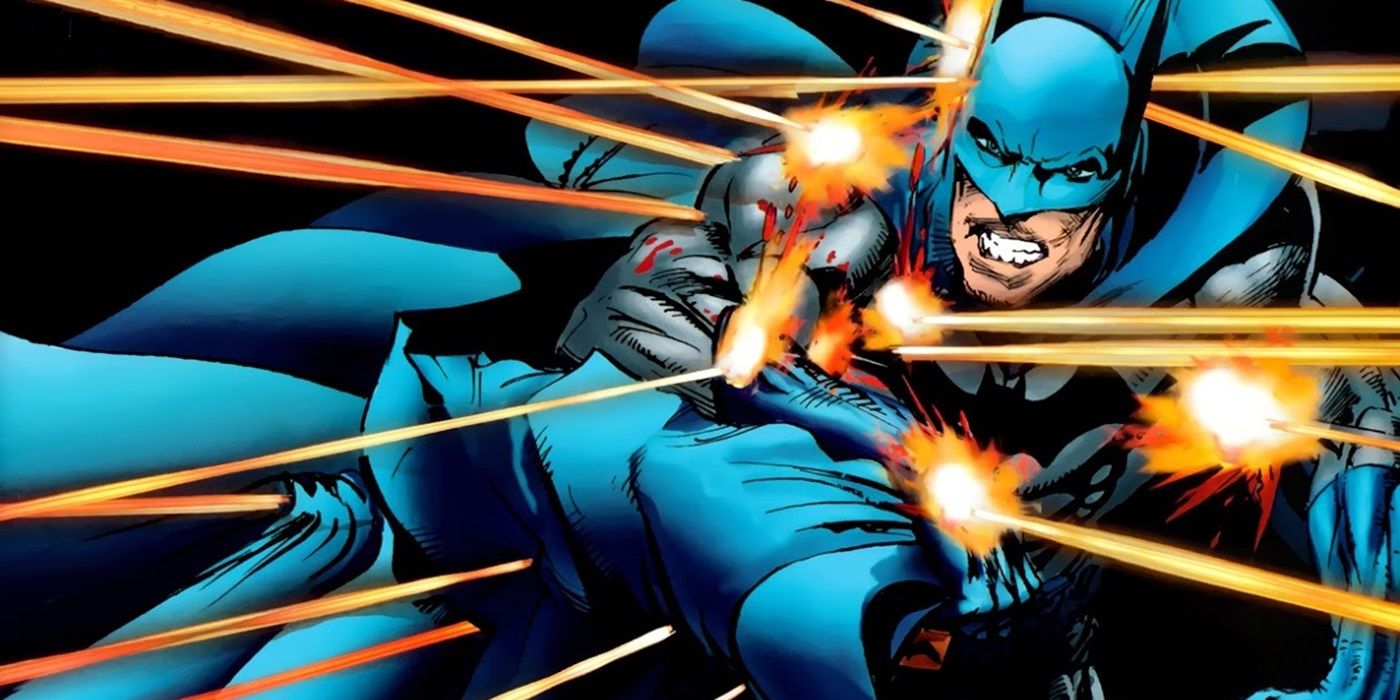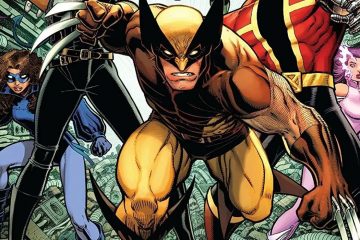In “When We First Met”, we spotlight the various characters, phrases, objects or events that eventually became notable parts of comic lore. Today, we look at the first time that Batman was shot in a comic book story.An important aspect of the early superhero comic book stories is that you have to take into consideration that, since comic books weren’t around to influence the CREATORS of comic books, then obviously the creators had to take their influences from somewhere else, and one of the biggest influences was the world of pulp fiction. As I’ve written about before, when Batman first appeared as a feature in Detective Comics, writer and Batman co-creator, Bill Finger, basically treated the feature as if it were a pulp fiction series. Finger was HEAVILY influenced by the Shadow pulp novels in the early days of the Batman character, with the introduction of Batman in Detective Comics #27 being a literal re-writing of an earlier Shadow story. Finger wasn’t the only writer influenced by the pulps, of course, as pretty much all the notable comic book writers of the era were heavily pulp-inspired (popular newspaper comic strip artists like Hal Foster and Alex Raymond were the other main influences for the early comic book creators).After Batman debuted in Detective Comics #27, and then returned in Detective Comics #28, Bob Kane brought in another writer, Gardner Fox, for a few issues. Fox was a peer of Bill Finger’s, and they had a lot of the same interests, including a love for the pulps, and so when Fox introduced the first recurring villain in the Batman feature in Detective Comics #29, Fox turned to a pulp fiction stalwart, the mad scientist (Finger would later introduce his OWN mad scientist character into the series as soon as he returned, Hugo Strange).
In “When We First Met”, we spotlight the various characters, phrases, objects or events that eventually became notable parts of comic lore. Today, we look at the first time that Batman was shot in a comic book story.
An important aspect of the early superhero comic book stories is that you have to take into consideration that, since comic books weren’t around to influence the CREATORS of comic books, then obviously the creators had to take their influences from somewhere else, and one of the biggest influences was the world of pulp fiction. As I’ve written about before, when Batman first appeared as a feature in Detective Comics, writer and Batman co-creator, Bill Finger, basically treated the feature as if it were a pulp fiction series. Finger was HEAVILY influenced by the Shadow pulp novels in the early days of the Batman character, with the introduction of Batman in Detective Comics #27 being a literal re-writing of an earlier Shadow story. Finger wasn’t the only writer influenced by the pulps, of course, as pretty much all the notable comic book writers of the era were heavily pulp-inspired (popular newspaper comic strip artists like Hal Foster and Alex Raymond were the other main influences for the early comic book creators).
After Batman debuted in Detective Comics #27, and then returned in Detective Comics #28, Bob Kane brought in another writer, Gardner Fox, for a few issues. Fox was a peer of Bill Finger’s, and they had a lot of the same interests, including a love for the pulps, and so when Fox introduced the first recurring villain in the Batman feature in Detective Comics #29, Fox turned to a pulp fiction stalwart, the mad scientist (Finger would later introduce his OWN mad scientist character into the series as soon as he returned, Hugo Strange).
#Batman #Shot
Note:- (Not all news on the site expresses the point of view of the site, but we transmit this news automatically and translate it through programmatic technology on the site and not from a human editor. The content is auto-generated from a syndicated feed.))



